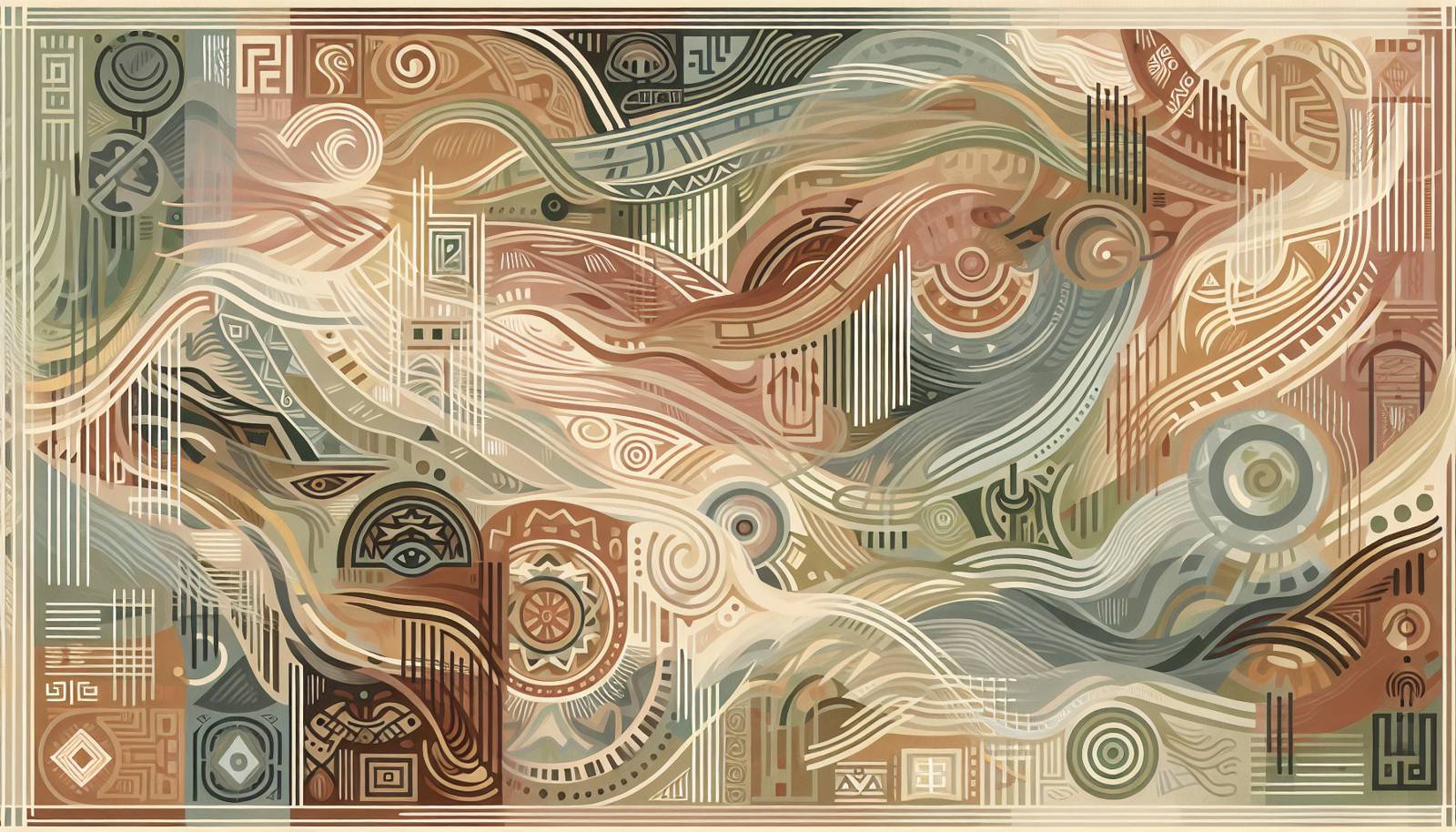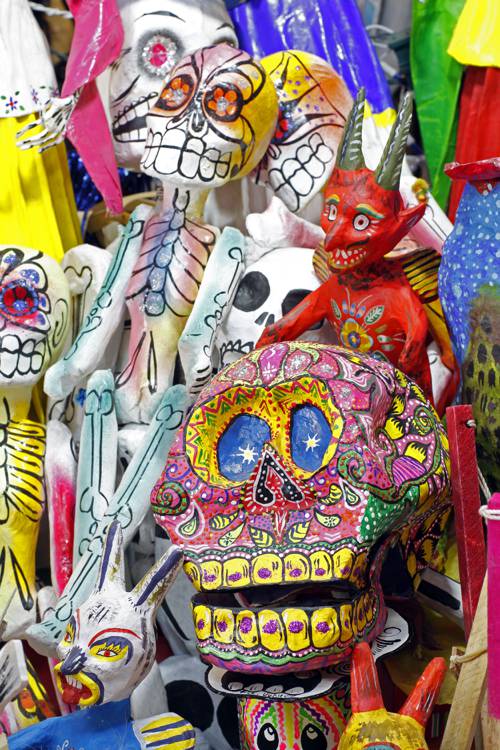
FAQ About The Impact of Indigenous Folklore on Contemporary Video Games

What is the significance of indigenous folklore in video games?
Indigenous folklore introduces unique narratives, characters, and world-building elements to video games, enriching them with diverse cultural perspectives. These stories often carry deeper meanings and connections to nature, spirituality, and humanity, providing players with a more immersive and meaningful gaming experience.

How do video games benefit from incorporating indigenous folklore?
By integrating indigenous folklore, video games can offer fresh, authentic storytelling and world-building opportunities. This inclusion helps to promote cultural diversity, educate players about different traditions and beliefs, and can lead to more inclusive and representative gaming environments.

Can you give examples of video games that feature indigenous folklore?
Games like Never Alone (Kisima Ingitchuna) and Mulaka are notable for their integration of indigenous folklore. Never Alone is based on Inuit stories, and Mulaka is inspired by the mythology of the Tarahumara people of Mexico.

What challenges do game developers face when incorporating indigenous folklore into their games?
Developers often face challenges such as ensuring cultural accuracy and respect, avoiding stereotypes, and effectively collaborating with indigenous communities. These challenges require sensitivity, research, and sometimes direct consultation with cultural experts to ensure the folklore is represented authentically.

How do indigenous communities view their folklore being used in video games?
Views vary among communities. Some may see it as an opportunity to share and preserve their culture and stories with a global audience, while others may be concerned about appropriation and misrepresentation. Collaboration and respectful dialogue are crucial to addressing these concerns.

Do video games that use indigenous folklore contribute to cultural appropriation?
Cultural appropriation can occur if indigenous folklore is used without permission, credit, or understanding. However, when developers work closely with indigenous communities to accurately portray their stories, it can foster cultural appreciation and understanding instead of appropriation.

What impact can indigenous folklore in games have on players?
Indigenous folklore can deepen players' understanding and appreciation of diverse cultures. It promotes empathy and curiosity, encouraging players to learn more about the stories and traditions that shape the world around them.

How has the representation of indigenous cultures in video games evolved over time?
Earlier video games often portrayed indigenous cultures through stereotypical lenses. However, there has been a positive shift toward more accurate and respectful representation, with developers increasingly focusing on authentic and meaningful portrayals through collaboration with indigenous communities.

What role do indigenous creators play in the development of video games featuring their folklore?
Indigenous creators often play key roles in consulting, directing, or even leading projects to ensure accurate representation of their folklore. Their involvement is crucial in guiding the creative and narrative processes to reflect authentic cultural perspectives.

Why is it important for indigenous voices to be included in game development?
Inclusion of indigenous voices ensures stories are told authentically and respectfully. It helps avoid cultural misrepresentation and provides opportunities for indigenous people to share their perspectives, leading to more diverse and inclusive storytelling in video games.

What educational benefits can players gain from games featuring indigenous folklore?
Players can gain insights into the history, beliefs, and values of indigenous cultures, fostering learning and understanding. Games can also teach about the environmental wisdom and spiritual beliefs integral to these cultures, offering educational experiences beyond typical gameplay.

How can game developers ensure respectful integration of indigenous folklore?
Developers can ensure respectful integration by engaging in active consultation and collaboration with indigenous communities, conducting thorough research, and hiring cultural experts. Building genuine relationships with these communities is key to achieving respectful and accurate representation.

Are there specific genres of video games more suited for indigenous folklore narratives?
Adventure and role-playing games (RPGs) are often well-suited for indigenous folklore narratives as they typically incorporate immersive storytelling and cultural exploration. However, any genre can benefit as long as the integration is thoughtful and respectful.

How does the interactive nature of video games affect the presentation of indigenous folklore?
The interactive nature of video games allows players to actively engage with stories, making indigenous folklore more accessible and engaging. This interaction can lead to a deeper connection with the material, promoting a better understanding and appreciation of the culture.

What are some common themes in indigenous folklore that translate well into video games?
Common themes include the connection between humans and nature, the significance of spirituality and the supernatural, hero's journeys, and moral lessons. These themes can lead to rich storytelling opportunities and engaging gameplay experiences.

How does using indigenous folklore in video games impact cultural preservation?
Incorporating indigenous folklore in video games can aid cultural preservation by documenting traditional stories and bringing them to wider audiences. It can inspire interest in these cultures and encourage further exploration and conservation of these narratives.

Are there any potential negative impacts of using indigenous folklore in games?
Potential negative impacts include the risk of cultural misrepresentation or stereotyping if not handled accurately. Additionally, it can lead to cases of cultural appropriation if indigenous communities are not involved in the process, leading to a loss of trust.

What steps have been taken by the gaming industry to address cultural sensitivity in folklore representation?
The gaming industry has increasingly recognized the importance of cultural sensitivity, with more developers consulting indigenous communities and employing sensitivity readers or cultural advisors to ensure accurate and respectful portrayal of indigenous folklore.

How do players generally respond to games that include indigenous folklore?
Players often respond positively, appreciating the unique perspectives and storytelling that indigenous folklore brings to video games. Many players acknowledge the educational value and increased cultural awareness provided by these stories.

What future trends can be expected in the inclusion of indigenous folklore in video games?
Future trends include greater collaboration with indigenous communities, increased involvement of indigenous developers and creators, and a broader range of indigenous stories being explored in various gaming genres. This trend reflects the growing demand for more inclusive and diverse narratives.
